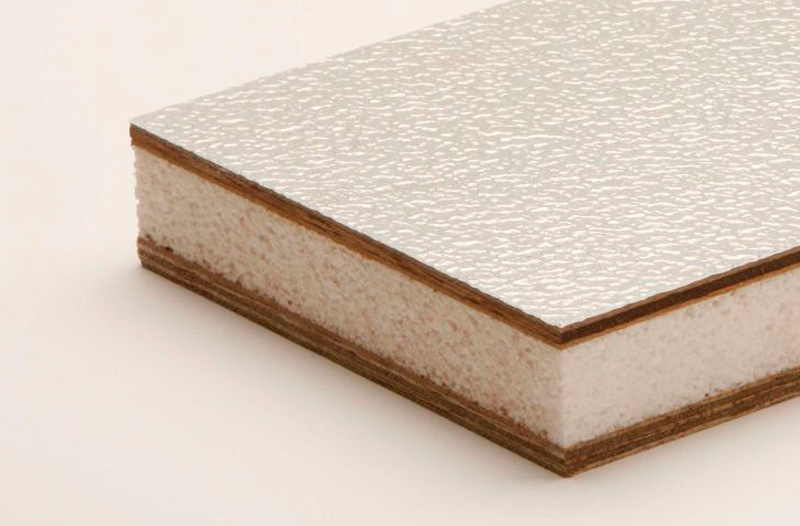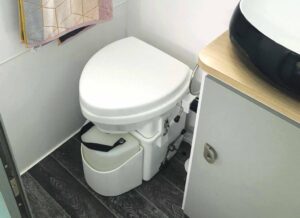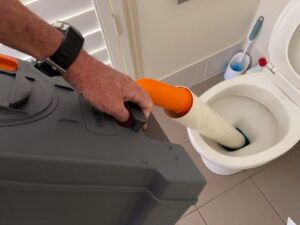Introduction
Static caravans, often seen as a home away from home, offer a unique blend of comfort and mobility. Over time, like any dwelling, they can show signs of wear and tear, especially on the interior walls. The use of caravan interior paint can not only rejuvenate the look of the caravan but also add a personal touch. This article delves into the nuances of painting static caravan walls, highlighting the importance of maintenance and aesthetic appeal, and guiding readers on how to choose the best paint for interior caravan walls.
Why Paint Static Caravan Walls?
Painting the walls of your static caravan can breathe new life into its interiors. One of the primary reasons to consider static caravan interior paint is the aesthetic transformation it offers. A fresh coat can modernize an outdated look, allowing owners to personalize their space. Beyond aesthetics, painting also serves a protective function, shielding walls from moisture and potential damage. Furthermore, a well-maintained and freshly painted caravan can significantly increase its resale value. Recognizing the signs that your caravan walls need a fresh coat, such as discoloration or peeling, is crucial to maintaining its charm and longevity.

Types of Caravan Wall Materials
Static caravans can be constructed from a variety of materials, each with its unique characteristics. Common materials include plywood, vinyl, and aluminum. Plywood walls offer a smooth surface, making them relatively straightforward to paint with caravan interior paint. Vinyl walls, on the other hand, might require specific types of paint or primers to ensure adherence. Aluminum walls, often found in older caravans, can be a bit challenging due to their non-porous nature but are not impossible to paint. Understanding the material of your caravan’s walls is pivotal in selecting the best paint for interior caravan walls and ensuring a lasting finish.

Preparation Before Painting
Before diving into the painting process, proper preparation is paramount. Begin by cleaning the walls thoroughly to remove any dirt, grease, or grime. Sanding the walls lightly can help in achieving a smoother finish and better paint adherence. For those dealing with mold or mildew, it’s essential to address these issues before painting, as they can compromise the paint’s durability. Once the walls are clean and smooth, applying a suitable primer, especially one designed for static caravan interior paint, can make a significant difference in the final outcome. The primer acts as a base, ensuring the paint adheres well and lasts longer.
Choosing the Right Paint
The market is flooded with a myriad of paint options, but not all are suitable for caravan interiors. When selecting the best paint for interior caravan walls, several factors come into play. Durability is paramount; the paint should withstand the unique conditions of a caravan, such as temperature fluctuations. UV resistance is another critical feature, especially if the caravan is frequently exposed to sunlight. Between oil-based and water-based paints, the latter is often preferred for its quicker drying time and easier cleanup. However, always check the paint’s compatibility with the caravan wall material. Some brands specialize in caravan interior paint, offering products tailored to the specific needs of caravan walls.

Painting Techniques and Tips
When it comes to applying caravan interior paint, the technique can make all the difference. Equipping yourself with the right tools, such as brushes, rollers, and sprayers, can ensure a smooth application. Brushes are ideal for precision work around edges and corners, while rollers can cover larger areas more efficiently. For those looking for a flawless finish, paint sprayers, though requiring a bit more expertise, can be a game-changer. As you embark on the painting journey, remember to apply thin, even coats, allowing each layer to dry before adding the next. This approach ensures the best paint for interior caravan walls adheres well and provides a uniform look.
Drying and Curing
After the meticulous task of painting, the patience game begins. Drying and curing are vital stages in the painting process. While the static caravan interior paint might feel dry to the touch within hours, it’s essential to allow adequate drying time between coats. Factors like temperature and humidity can influence drying time. Beyond drying, curing is the process where the paint hardens and achieves its full durability. This can take several days to weeks, depending on the paint type. During this period, it’s crucial to avoid any actions that might damage the freshly painted walls, ensuring the longevity of your paint job.
Maintenance and Care
Once your static caravan walls boast a fresh coat of paint, maintenance becomes key. Regularly cleaning the walls with a mild detergent can help retain the paint’s vibrancy. When cleaning, always opt for soft cloths to prevent scratches. Protecting the caravan interior paint from potential damage, like sharp objects or excessive moisture, can prolong its lifespan. Over time, if you notice any chipping or fading, touch-up paints can be a quick fix. By taking these precautions, you ensure that the best paint for interior caravan walls remains pristine and vibrant for years to come.
Potential Challenges and Solutions
Painting a static caravan’s interior isn’t without its challenges. One common issue is bubbling or peeling paint, often resulting from moisture trapped beneath the paint or inadequate surface preparation. To address this, the affected area should be sanded down, primed, and repainted. Streaks or uneven paint application can be another concern. This is usually due to using low-quality brushes or rollers. Investing in high-quality tools and ensuring the static caravan interior paint is well-mixed can mitigate this issue. By being aware of these potential pitfalls and their solutions, you can ensure a smoother painting experience and a lasting finish.

Conclusion
The journey of painting a static caravan’s interior is both rewarding and transformative. By choosing the best paint for interior caravan walls and following the recommended steps and techniques, caravan owners can rejuvenate their space, making it feel like new. Beyond the aesthetic appeal, a fresh coat of paint offers protection and can enhance the caravan’s resale value. Whether you’re a seasoned DIY enthusiast or considering hiring professionals, understanding the intricacies of caravan interior paint ensures a successful and satisfying project outcome.



